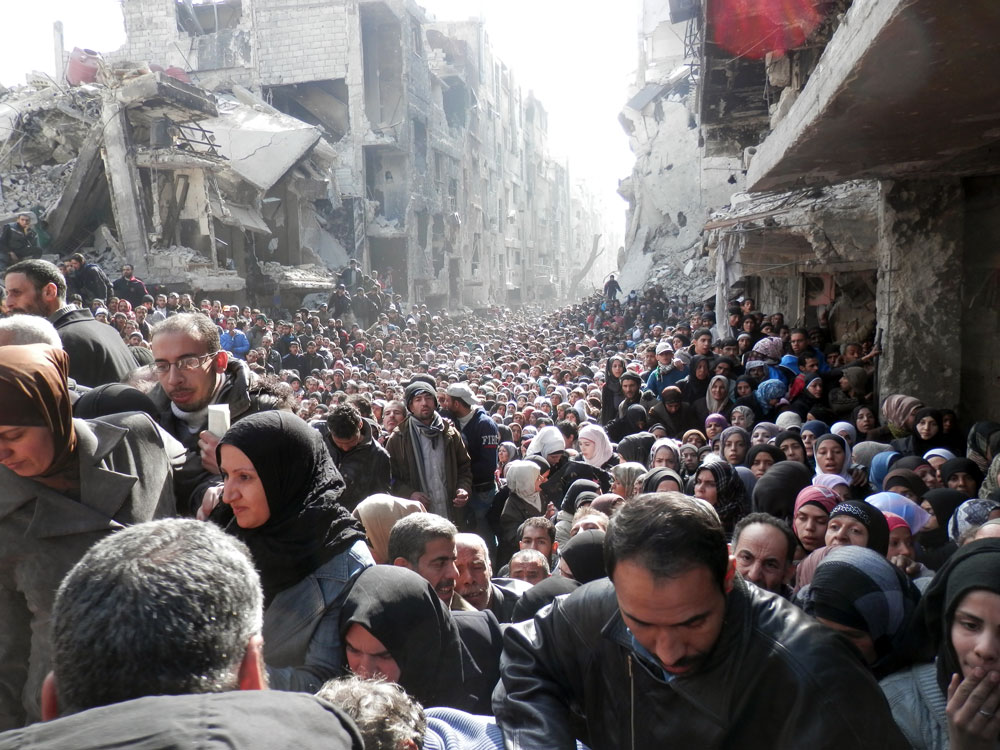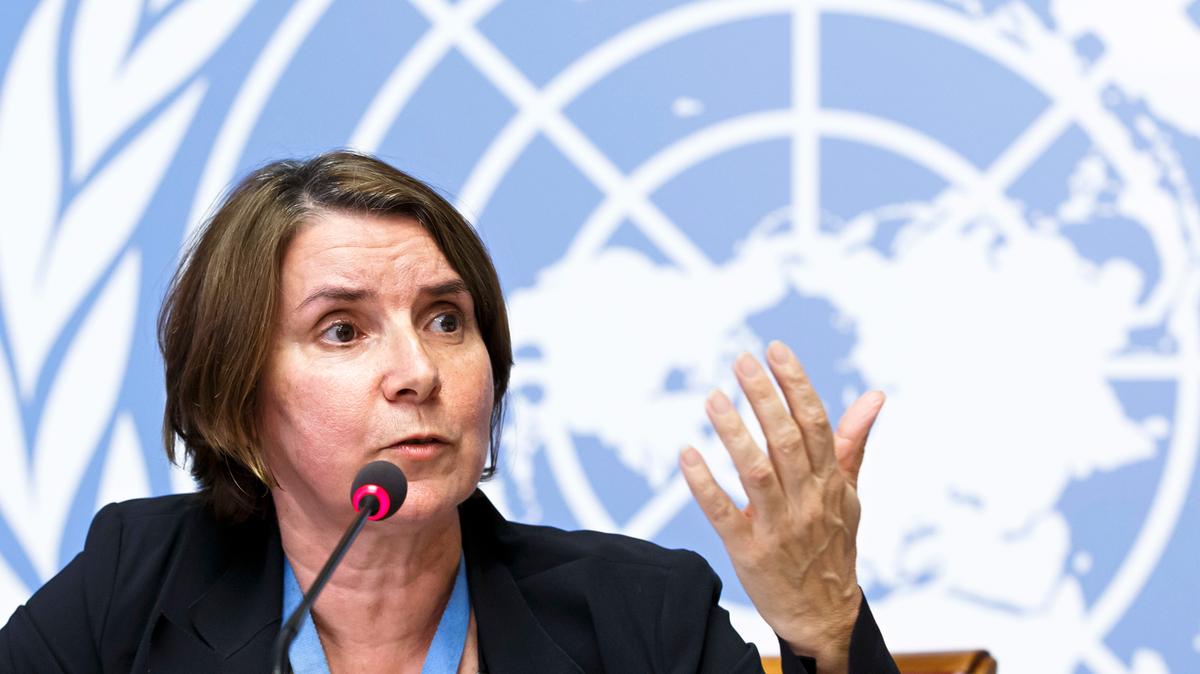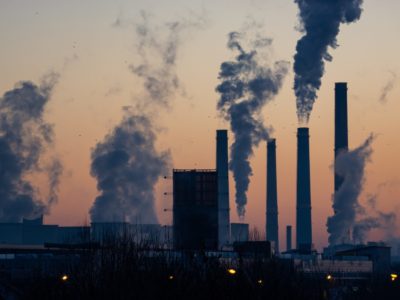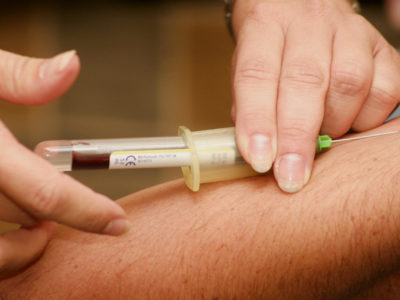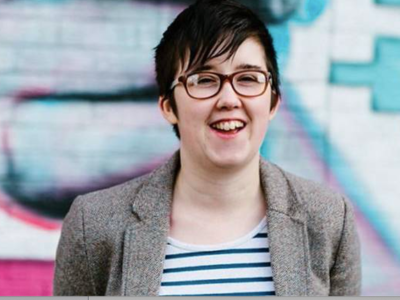A conflict covered by the media as thoroughly as the Syrian one – in ways which do fail at times to capture some nuances of the whole – cannot avoid to spark emotional reactions into public opinion. Seven years and countless killed, injured or displaced ones ahead, the theatre of the Syrian conflict does like all other conflicts give room to various interpretations – even more so, considered its overwhelming complexity. The extent of sheer violence and human rights violations which has been achieved (both institutionally and on the ground) did not fail in the last years to provoke major outcry among international lawyers and human rights defenders, as much as in public opinion. Demands for justice against torture chambers of the Assad regime, against chemical attacks and against foreign intervention have been made and put into practice. Yet, it seems that matters of justice can be aptly instrumentalised by parties both in Syria and on the international scene. The politicisation of human rights matters can be hindered only by bringing the spotlight back to the victims and survivors of the conflict; this process aims at understanding patterns of daily violence and inequality, delving into Syrian lives who despite all are still carrying on living in their lands.
UNRWA food aid distribution at al-Yarmouk camp, Damascus, 31 January 2014
Transitional justice is a means to this end. The conflict ignites demands for justice against perpetrators; and this is good so. However, transitional justice cannot be allowed to overlook the perspective of survivors in the name of criminal accountability. In spite of the excellent documentation of violence and human rights violations carried out by Syrian grassroots organisations as well as by institutional commissions of inquiry (such as the OHCHR), justice against perpetrators will take very long to occur, especially as long as the current regime holds offices of power. In the meantime, if transitional justice wishes to bring about a gradual shift from conflict to durable and egalitarian peace, it needs to focus on an effective resolution of inequalities which were existing prior to the conflict and were exacerbated by the conflict itself. If this is not carried out, conflict resolution in Syria will only amount to the rebuilding of a pre-war status quo, without solving any of the tensions which created the current situation and thus allowing it to potentially happen again.
To this matter, gender and ethnic inequalities have been a major issue in Syria (and elsewhere) well before 2011. Many women, for example, are denied healthcare and proper education, and are given very limited opportunities of employment. Same applies to Syrian Kurds. Most women engage in unpaid labour, such as agriculture; the land they work on is usually owned by male siblings or their husband. Since in the conflict much of the male population was killed or arrested, or is still fighting away from home, most of these women got deprived of the land they used to work on, which is often their only source of livelihood. On top of that, the enormous proliferation of arms in the region has led cases of domestic violence degenerating into femicide to rise considerably (these and many more examples can be found in the WILPF report of November 2016). It is clear that real transition towards a peaceful Syria cannot avoid to take these matters into account.
However, if one wishes to focus on criminal accountability, it is hard not to notice the change of narrative which occurred in the last years of conflict: based on the assumption that the war in Syria has more or less come to an end (Ghouta and Afrin witness the falsity of such claims), the focus is shifting from the field of justice to that of reconstruction (i.e. foreign investments into Syria to finance the rebuilding of infrastructure). This is a dangerous political process. The international disputes stemming from Russia’s vetoes on UN resolutions in the Security Council (such as the ceasefire in eastern Ghouta and investigation on the chemical attack on Khan Sheikhoun on April 4th, 2017) do still signal a certain desire for criminal accountability of perpetrators; if the focus is shifted to reconstruction policies, there is a considerable risk of these disputes being accommodated in a way which will most likely restore the pre-war status quo. The incentive for investors to engage in lucrative ventures of reconstruction, diverting capital inflows from humanitarian aid to speculative building, is thus considerably high.
Catherine Marchi-Uhel, head of the IIIM for Syria, at a press conference in UN Geneva headquarters
However, it is fair to mention that various processes have counterbalanced this tendency. The recent establishment of the IIIM (very well explained here), in fact a successor of the Commission of Inquiry for human rights violations in Syria, can be regarded as potential progress in the area of transitional justice and criminal accountability. The IIIM is endowed with a certain degree of autonomy: it doesn’t need to publicly disclose its findings, but it can choose to share them with courts and tribunals which abide by international human rights law. In this capacity, the IIIM could be a powerful leverage to create cases against perpetrators and potentially bring the Syrian case to the International Criminal Court.
It becomes clear to this point that transitional justice is a powerful tool in both the hands of perpetrators and of prosecuting agencies, as they can be instrumentalised to achieve different outcomes of the conflict. The international civil society has the responsibility to refuse deceptive reconstruction and push towards a fair rehabilitation process of justice in Syria. It is a twofold process: it certainly needs to aim at prosecuting major architects of the conflict, but in so doing it also needs to address underlying pre-conflict social inequalities. That is the only way durable peace can occur.

